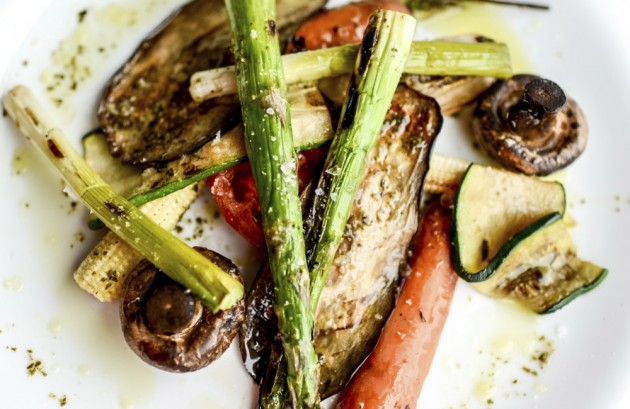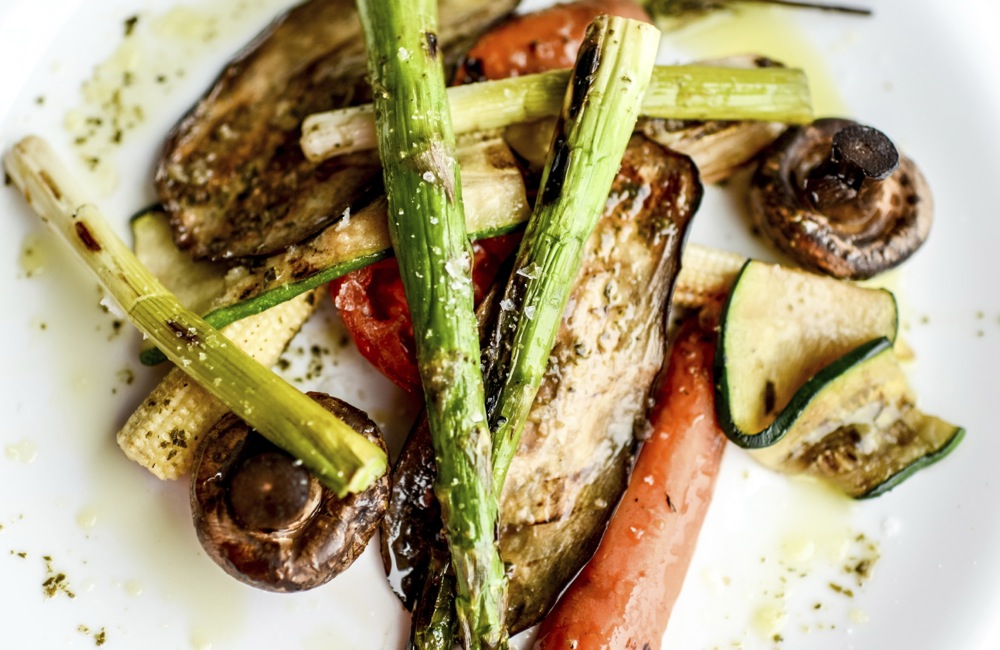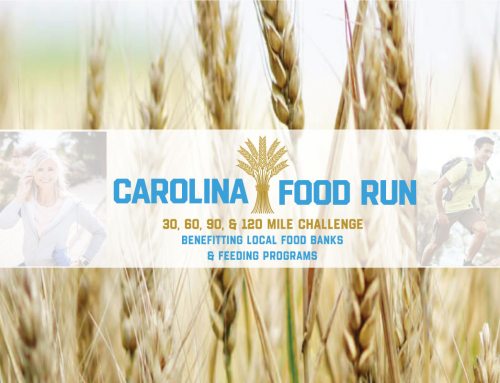
The romantic notion that we can still live as hunter-gathers in our modern world is built upon the wealth of privilege most of us are born into here in the United States. The fact is that hunter-gatherers picked berries from bushes and chased and hunted mammals and fish for food because they had to, not because they wanted to, like many proponents of the Paleo style of eating today.
Our method of hunting and gathering these days occurs mostly at the supermarket, where meats and vegetables are trucked in from other parts of the country or globe so that we don’t have to expend too much energy (quite unlike our ancestors) to get them in our hands, pack them in our cars, and drive them the five or 10 minutes it takes us to get home, where we freeze them and save them for days, maybe weeks, to avoid expending too much energy gathering them for our next meal.
Proponents of the Paleo style of eating do have one thing right, however: Processed foods that have been highly modified from their raw state – foods like white bread and other refined flour products, artificial cheese, packaged meats, potato chips and sugary cereals – are bad for you. Such processed foods often offer less protein, fiber and iron than their unprocessed equivalents, and are often packed with sodium and preservatives that may increase the risk of heart disease, Type 2 diabetes and certain cancers.
The world we live in has changed dramatically since the time of the caveman and our style of eating should, too. Today, the safest and healthiest bet is a plant-based diet. Fruits and vegetables contain vitamins, minerals and other nutrients that are essential for good health. That’s one reason a plant-based diet that includes lots of fruits and vegetables can lower your risk of developing life-threatening diseases such as heart disease, diabetes and some cancers. And when you pile on the produce, there’s less room for those unhealthy foods like potato chips!
5 easy ways to add fruits and vegetables to dinner
Dinner is typically the largest (and latest) meal of the day, and it’s a good opportunity to make sure that you meet your daily quota for fruits and vegetables. Here are five easy ways Harvard Medical School recommends to work more produce into dinner.
Roast vegetables.
Roasting is a great way to let the deep, rich flavors of vegetables shine through. Bake cut vegetables at 375 degrees for 20 to 25 minutes or until they’re lightly browned. You can roast any vegetable – from mushrooms, onions, eggplant and zucchini to tomatoes, broccoli, and carrots – so don’t limit yourself. Enjoy roasted veggies as a side dish or toss them into pasta dishes and other recipes.
Poach veggies in low-sodium vegetable broth and white wine.
To poach, boil enough liquid to cover the vegetables. When it boils, add the vegetables. Turn down the heat to just below boiling and cook the vegetables for about five to seven minutes, until they’re brightly colored and tender-crisp. Add garlic, basil or tarragon for a flavor bonus. To retain nutrients, keep a watchful eye on the pot, or set a timer so you don’t overcook.
Smuggle fresh-cut vegetables into main dishes.
Try adding mushrooms, peppers, zucchini, onions or carrots into pasta sauce, casseroles, soup, stews, scrambled eggs and chili.
Have a salad with dinner most days.
Stock your salad with dark green leafy lettuce and toss in petite peas, tomatoes, onions, celery, carrots and peppers. As an added benefit, starting meals with a salad can help you consume fewer calories at the meal, as long as the salad is no more than 100 calories. A healthful salad consists of about 3 cups of dark green lettuce, 1⁄2 cup carrots, a tomato, 1⁄4 cucumber and 1 1⁄2 tablespoons of low-calorie dressing.
Choose fruit – fresh or frozen, stewed or baked – for dessert.
It all counts toward your daily produce quota. Dried fruits are healthy but high in calories, so eat them sparingly.







